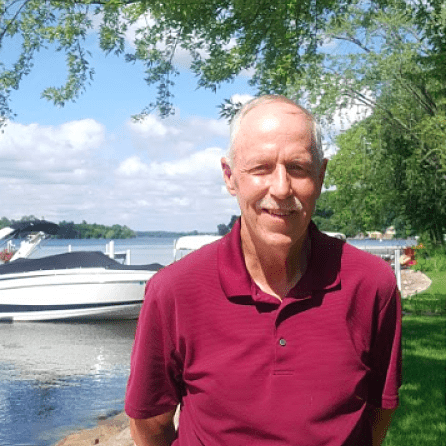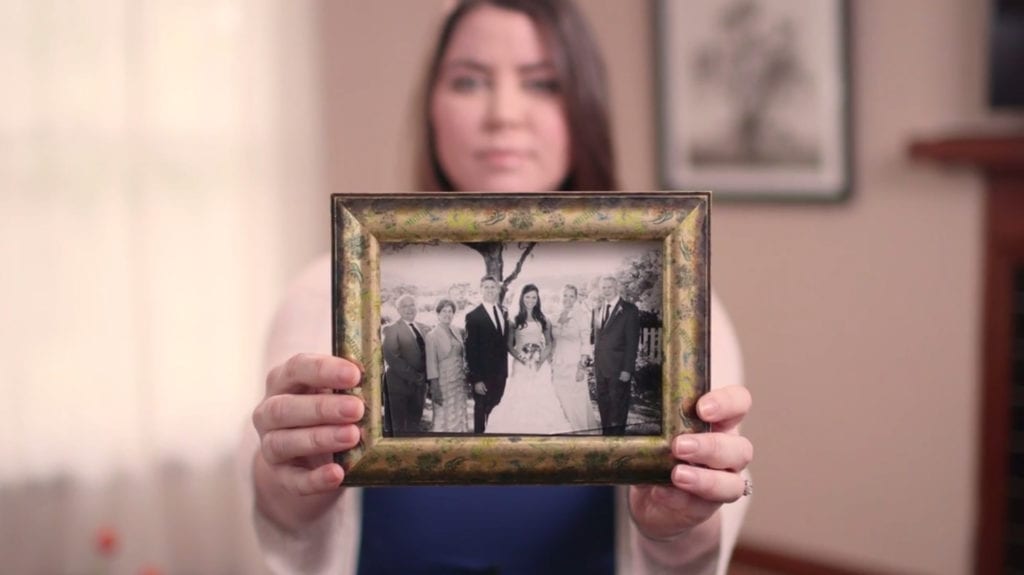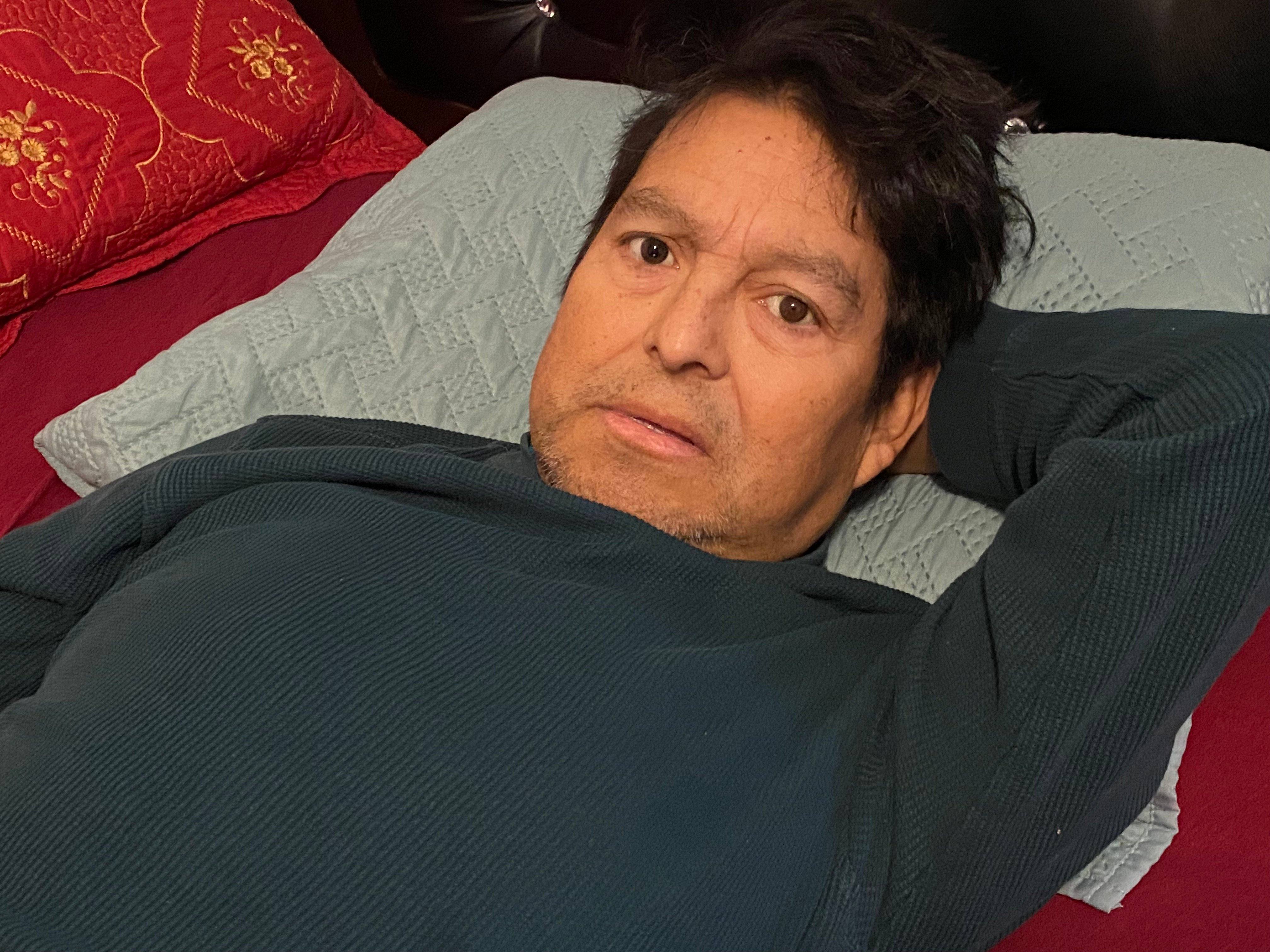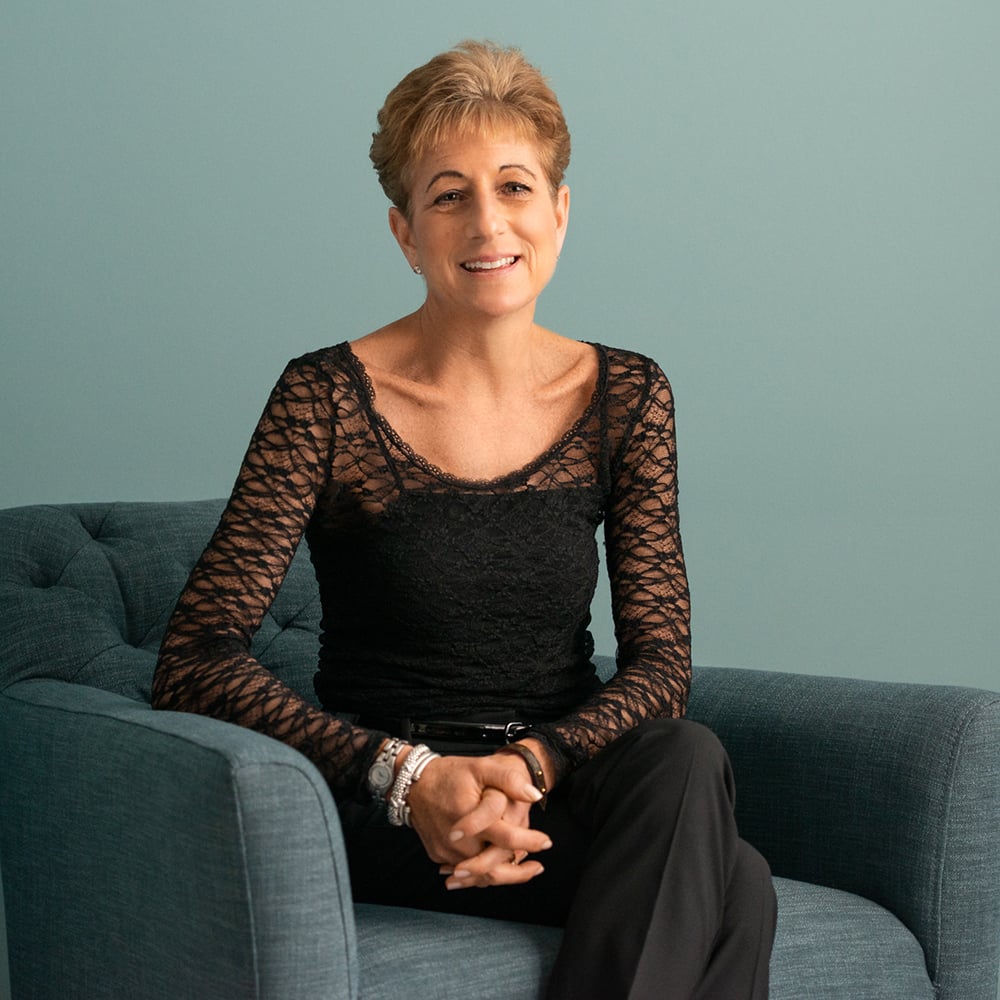If you believe that terminally ill residents in Minnesota should not have to suffer like David's father did, add your name here.
David Sturgeon shared his story in January of 2023.
My experience with medical aid in dying is like a before-and-after picture. In 2013, before California passed its aid-in-dying legislation, my father, 98 years old, suffered and died from squamous cell skin cancer without access to the option he so wanted in his home state. For the next nine years, I wondered how things might have been different if he could have died the way he wanted.
In December 2022, I stood at the bedside of the man who was like a second father to me as he drank his aid-in-dying medication and passed peacefully with his loved ones around him. For me, it was life-changing, a vision of what is possible when this compassionate option is available.
I have lived with the grim memory of my father’s death for a long time. Enrolled in hospice, covered in skin cancer lesions, he expressed many times his desire to die peacefully like people could do in Oregon. He had lost all joy in living. A long-time traveler, now his outings were mostly limited to seeing his many doctors. A former avid reader, his vision became so poor he could no longer enjoy reading. He had been an avid golfer and a big fan of Tiger Woods. Now he no longer cared to watch golf at all.
In the end he was choking on fluid filling his lungs, and he was horribly uncomfortable, clearly in pain, even with morphine. This was the death he dreaded.
Years passed. California and other states authorized medical aid in dying, and meanwhile I advocated for this option here in Minnesota. In mid-December 2022, I heard from my friend Tom. He said his father, Tom, Sr., only had about a week left before he died.
“You know, Dave, in California, Dad has the option of aid in dying,” Tom explained. He had no idea where I stood on the issue. (Of course, he was preaching to the choir.)
“Tom, I’ve been so involved with this in Minnesota,” I told him. “It’s a wonderful choice for your dad to have.” I made plans with Tom to join him, his dad and the rest of their family for Tom Sr.’s last moments.
I’d known Tom Sr., his wife Nikki and their children since the mid-1960s. They were my close friends growing up. My friends and I hung out at their house on any given night of the week, visited them at their cabin at Lake Tahoe, and went on trips together. They were some of the nicest people in the world. Tom, a church organist, had a wonderful ear for music and played at Grace Cathedral in San Francisco and other large churches in the Bay Area. He had a very calm demeanor and a dry sense of humor.
When Nikki passed away in 2012 from dementia, it was incredibly sad and hard for Tom Sr. Then, over the last few years, he became significantly ill with heart disease. He was sleeping much of the day, on morphine for pain, struggling to leave his recliner chair, and he felt that his quality of life was greatly reduced. He started saying, “I want to be with Nikki.”
In late summer 2022, he was given a six-month prognosis and entered hospice care.
Four or five months into hospice and getting weaker and weaker, Tom Sr. was once again stating his desire “to be with Nikki” and be done with this life when his son Tom said, “Well, Dad, California has medical aid in dying.” His father perked up and asked him to explain — and he did. Tom Sr. knew right away that it was what he wanted.
Along with his son, Tom’s daughters Bonnie and Midge (who was a career hospice nurse) were supportive of his decision. Together with the kids, Tom picked December 19, 2022, as the date. Following all of California’s strict protocol for medical aid in dying, on December 18, they moved him from the assisted living facility where he had been to Midge’s house; he wanted to be there, with family, when he passed.
Walking up to Midge’s house, I had a surreal feeling: “I’m going to see my friend die.” I thought, “I don’t know if I can watch this.” Although very emotional, witnessing Tom’s passing was an unforgettable experience — peaceful and powerful.
Tom’s children, as well as several of his grandchildren, and I gathered around him. His favorite classical music was playing in the background. We all said our goodbyes. Midge gave him the anti-nausea drug, which he took. After about 45 minutes, it was time for Tom to take the aid-in-dying medication.
One of Tom Sr.’s favorite drinks was Jack Daniel’s Honey Whiskey, and we each held a cup to toast him. Midge asked, “Dad, do you want any of this?” He said no, then drank the medication as the rest of us sipped our whiskeys. He finished. There was a pause, and then we heard him say, “I changed my mind.” We gasped! He quickly added, “I will have a shot of my honey whiskey.” We all laughed. That was his sense of humor — one of his many endearing qualities.
It’s one thing to think abstractly about medical aid in dying, but until you witness it, you can’t appreciate how empowering it is. Tom had the death he wanted, serene, peaceful, and surrounded by his family. His kids asked him several times in the last couple of days, “Dad, are you sure you want to do this?” Tom never wavered. That’s what this is all about: It’s what he wanted. And it was a beautiful thing, the right thing.
Twenty minutes after taking the medication, Tom Sr. passed away, lucid to the end. I was glad I was there. Watching what my father went through had motivated me to work for passage of a medical aid-in-dying bill here in Minnesota, but if I was supportive of this issue before, I’m 1,000% on board now. I can only hope, when my time comes, my passing will be like Tom’s.






